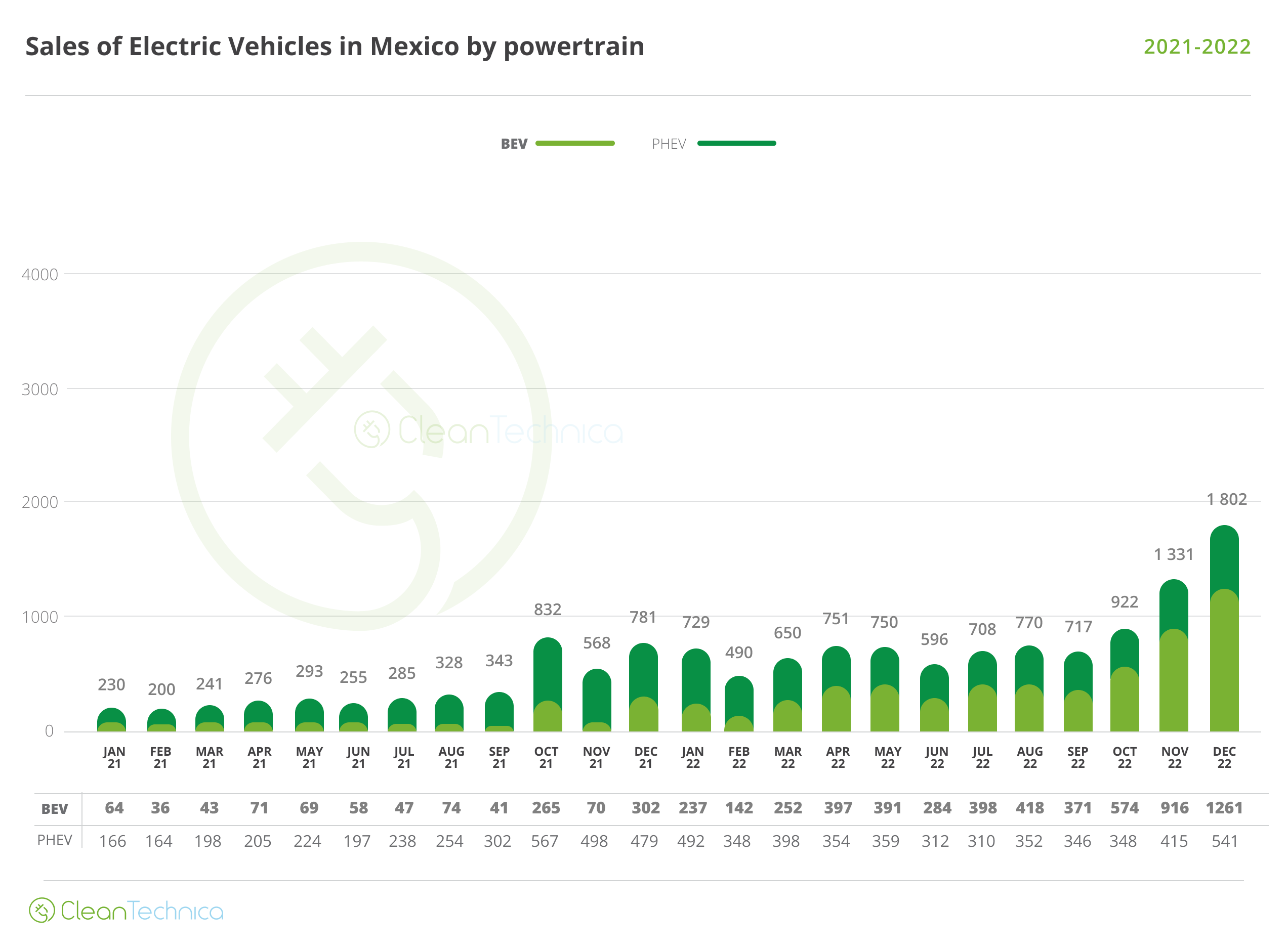Over the past decade, many lower- and middle-income countries (LMICs) have begun embracing digital health solutions in their health systems. More than 125 countries have announced national digital health strategies; many governments, donors, and corporations are funding ambitious digital health programs and initiatives in LMICs; and venture investments into digital health start-ups working in LMICs are accelerating.
This initial phase of digital health—digital health 1.0—has been rich in necessary experimentation with selected interventions and solutions, research, and political engagement. Yet critical gaps persist. The “connective tissue” needed to systematically deploy solutions and achieve results at scale—infrastructure, interoperability, governance, and financing—has been underdeveloped and underresourced.
LMICs could have an opportunity to advance to the next phase of maturity—digital health 2.0—with the goal of measurably improving health equity and outcomes as well as health system effectiveness and efficiency. This article explores the transition to digital health 2.0, examines its broader vision and scope, and poses five critical questions for further examination and research to ensure LMICs more fully realize the potential of digital health to improve health for all.
To read the full article, download the PDF here.




